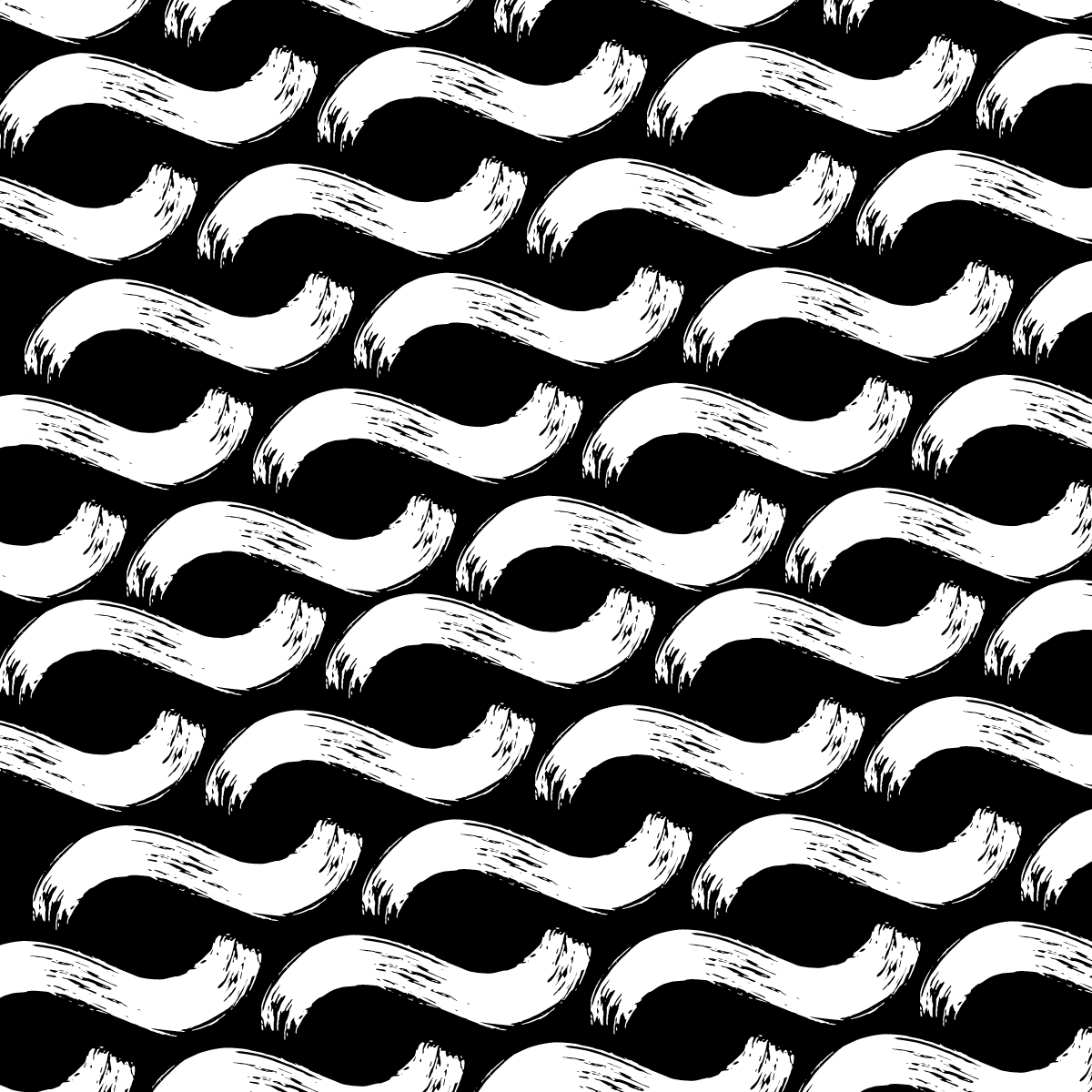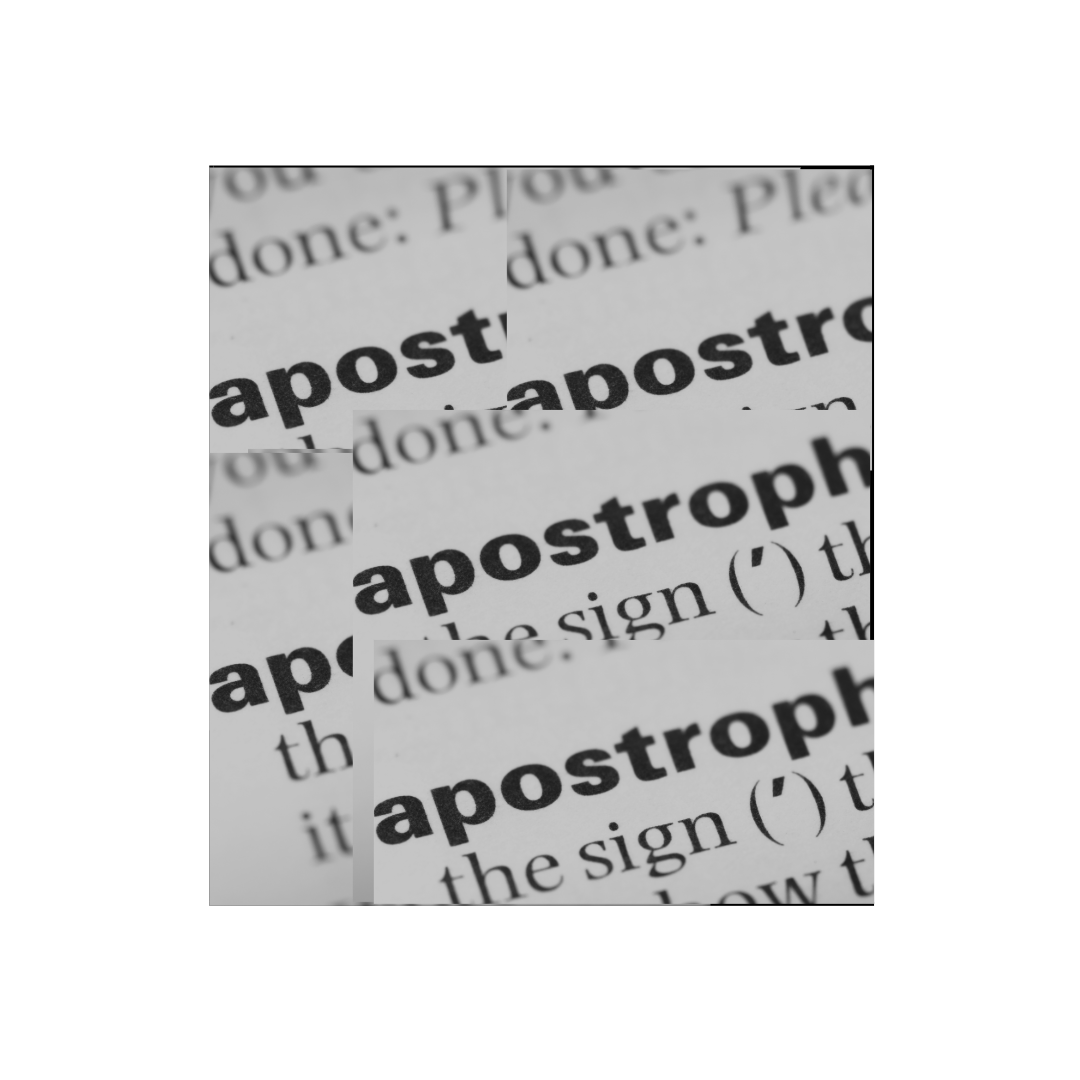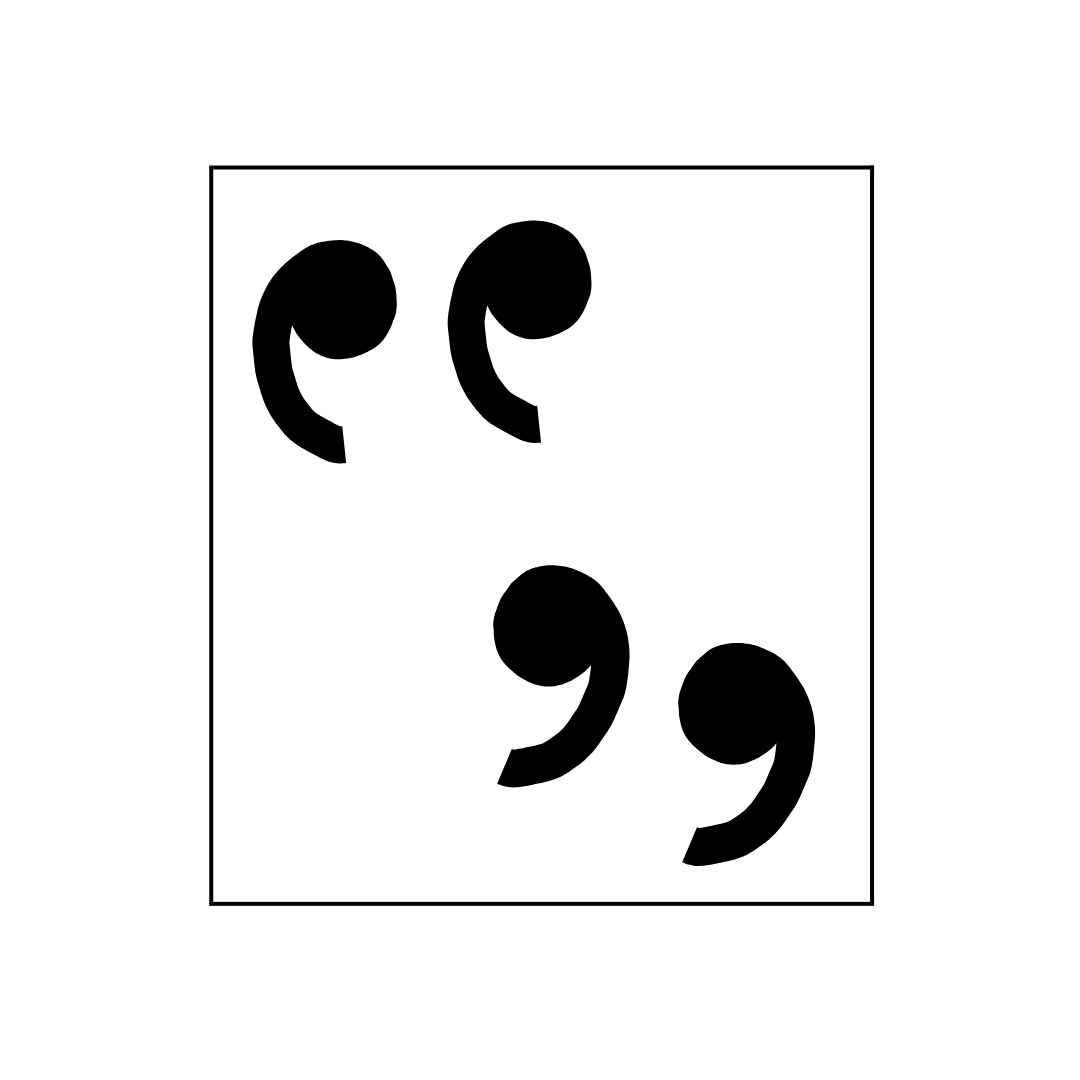Hyphens
Hyphen
The hyphen is typically used to link words or parts of words together. ItThey might also indicate that a letter or series of letters is a suffix or prefix. Sometimes usage can be ambiguous: is it ‘coordinate’ or ‘co-ordinate’? In these cases it is best to refer to your style manual for usage, or a preferred dictionary.
The hyphen has the following uses:
Prefixes
and Suffixes
There are several different factors that dictate the hyphenation of a prefix, though there are some exceptions.
The doubling up of vowels between a prefix and the base word often takes a hyphen to avoid confusion.
Multi-instrumental
Re-enter
This rule does not apply if a word is commonplace, as it can cause ambiguity.
Cooperate (to work together)
Co-operate (to operate (as in a machine) in tandem)
The combination of two different vowels does not usually require a hyphen, however when a two-syllable prefix ends in a vowel and the base word begins with a vowel a hyphen is used, unless the prefix ends in an ‘o’.
Anti-aircraft
Macroeconomics
Hyphens are also used when the new word could be confused with an existing word.
Re-sign (to sign again) vs. Resign (to quit)
Prefixes ending in a consonant rarely use hyphens, even in cases where the base word begins with the same consonant.
Counterfactual
Hyperrealism
Prefixes are also hyphenated when attached to a proper noun, number or acronym.
Un-Australian
Pre-1960s
Pro-NDIS
Suffixes don’t usually use hyphens.
Homeless
Happily
except:child-like
Compound
Words
Compound words include nouns, adjectives and some verbs that are grouped together for clarity, or where the words carry a new meaning when grouped together. Often the parts of these compounds start out as separate words before becoming hyphenated, and at times become a single un-hyphenated word as the phrase becomes more common with time and usage.
Bumblebee
Though the words that make up a compound are often understood without a hyphen, in some cases a hyphen is needed so the words are not mistakenly linked with other parts of the sentence.
Compound Nouns
These can be formed of combinations of verbs, adjectives, adverbs and nouns. Depending on which is used, the phrase will be written with or without a hyphen, or as one word.
Verb + adverb: hyphen (go-ahead)
Adverb + verb: often as one word (downpour)
Verb + noun/noun + verb: often as one word (scarecrow, roadblock)
Noun + noun: There is a lot of variation here, but two types are frequently hyphenated: combinations when each element has an equal status, or when the words rhyme (city-state, hocus-pocus)
Compound Adjectives
When composed of two adjectives or a noun and an adjective, these are hyphenated whether or not they precede the noun it is describing.
Bitter-sweet, red-hot
Noun + noun, or adjective + noun: no hyphen.
Compound Verbs
These are hyphenated when they consist of an adjective and a noun or a noun and a verb.
cold-shoulder, colour-code
When consisting of an adverb and verb, they are often presented as one word.
Highlight, overreact
Compound Adverbs
These are usually presented with hyphens except when the first component of the word ends in ‘-ly’.
Badly written essay not badly-written essay
Numbers
Fractions
one-third, two-fifths
Hyphens are only used in numbers 21–99
thirty-three, one hundred and twenty-four
Suspended
Hyphens
Hanging or suspended hyphens are used when a part of the compound is missing but is implied. This is done to avoid repeating the same phrasing. They can also be used with commas.
Compare:
First-person, second-person and third-person narrative
To:
First-, second-, and third-person narrative.







